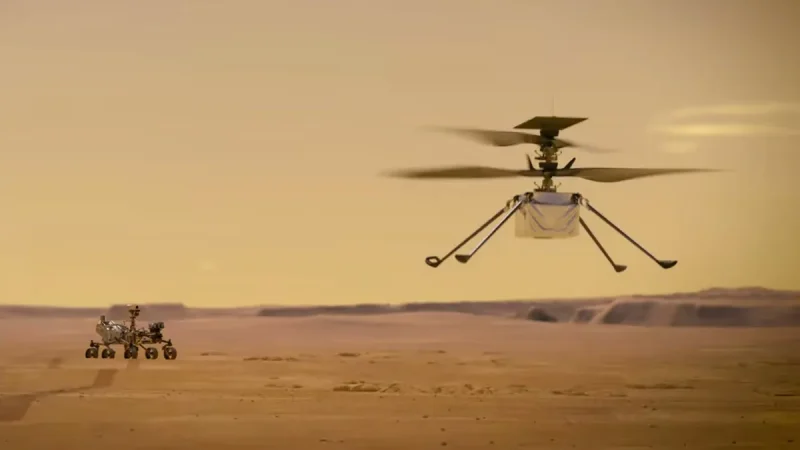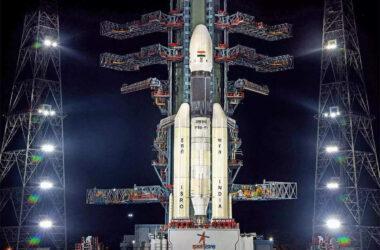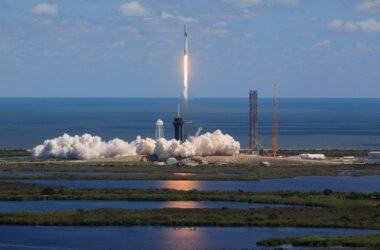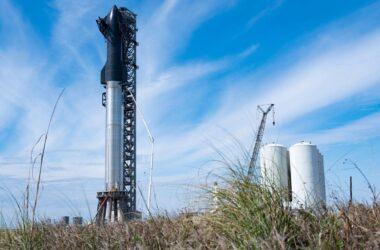NASA’s Mars Helicopter, named Ingenuity, has completed its 50th flight on the Red Planet, marking yet another milestone in the history of space exploration. The tiny helicopter, which weighs just 4 pounds, was initially designed to perform a series of experimental flights, but it has since exceeded all expectations, becoming the first aircraft to perform powered flight on another planet.
Ingenuity’s success has paved the way for future Mars missions that could use helicopters to explore the planet’s surface. The helicopter’s data has also been used to improve the design of future Mars rovers.
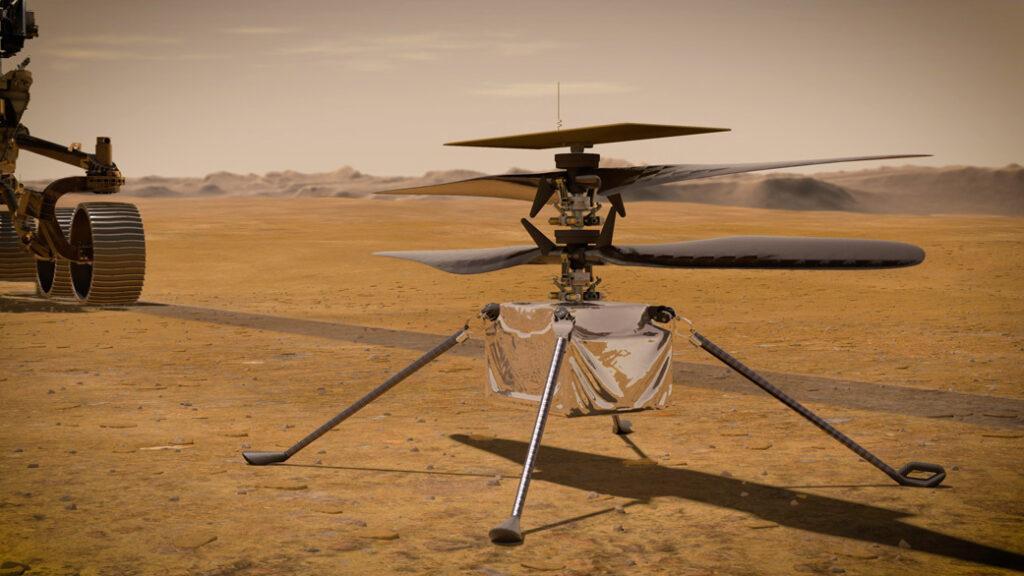
What is the Mars Helicopter?
The Mars Helicopter, also known as Ingenuity, is a small, autonomous helicopter designed to fly on Mars. It was carried to Mars by the Mars 2020 Perseverance Rover, which landed on the Red Planet on February 18, 2021. The helicopter was designed to fly in Mars’ thin atmosphere, which is only about 1% as dense as Earth’s.
Ingenuity’s design is based on a quadcopter, with four rotors that spin in opposite directions. It is powered by solar cells and has a rechargeable battery that allows it to fly for up to 90 seconds at a time. The helicopter is equipped with cameras that allow it to capture images and videos of the Martian surface as it flies.
What is the significance of the 50th flight?
Ingenuity’s 50th flight is a significant milestone in the history of space exploration. The helicopter was originally designed to perform only five test flights, but it has since exceeded all expectations, completing 50 flights over the course of eight months. During that time, Ingenuity has flown more than 1.5 miles (2.5 kilometers) and reached a maximum altitude of 40 feet (12 meters).
Each flight has allowed scientists to gather more data on Mars’ atmosphere, terrain, and geological features. The success of Ingenuity’s flights has also paved the way for future missions that could use similar technology to explore other planets and moons in our solar system.
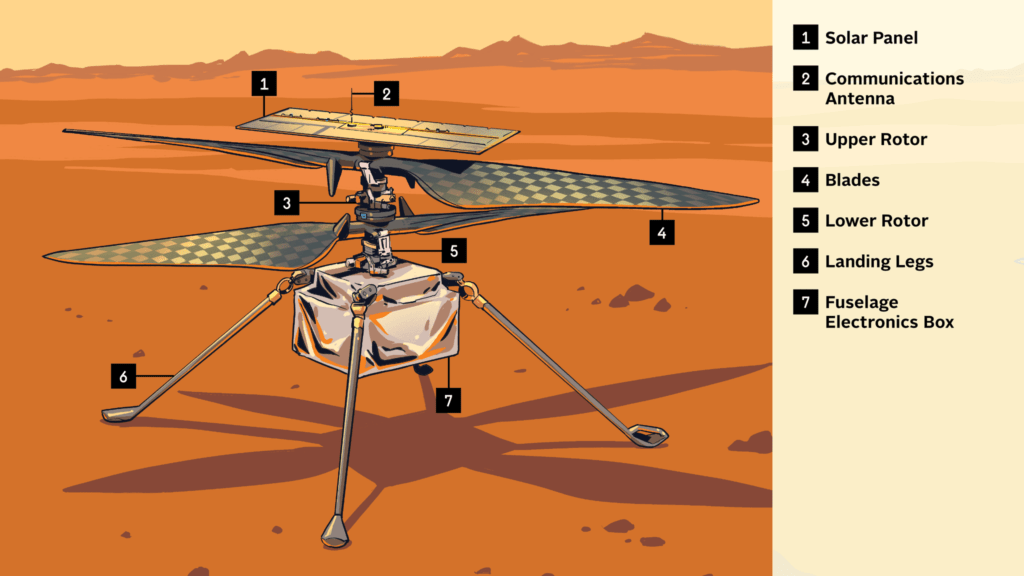
What were the challenges in designing and operating the Mars Helicopter?
Designing and operating a helicopter on Mars posed several challenges for NASA scientists. One of the biggest challenges was the Martian atmosphere, which is much thinner than Earth’s. This meant that the helicopter had to be lightweight and have larger rotors to generate enough lift to take off and fly.
Another challenge was the distance between Earth and Mars. Because of the time delay in communication between the two planets, Ingenuity had to be designed to operate autonomously, with pre-programmed flight plans and on-board sensors that allowed it to navigate and avoid obstacles in real-time.
The extreme cold temperatures on Mars were also a concern. To address this, the helicopter was designed to hibernate and survive through the frigid Martian nights, using a heater to keep its electronic components warm.
The Mars Helicopter has also demonstrated the feasibility of using drones for scientific research on Earth. Drones can be used to gather data in areas that are difficult or dangerous for humans to access, such as remote wilderness areas or disaster zones.

